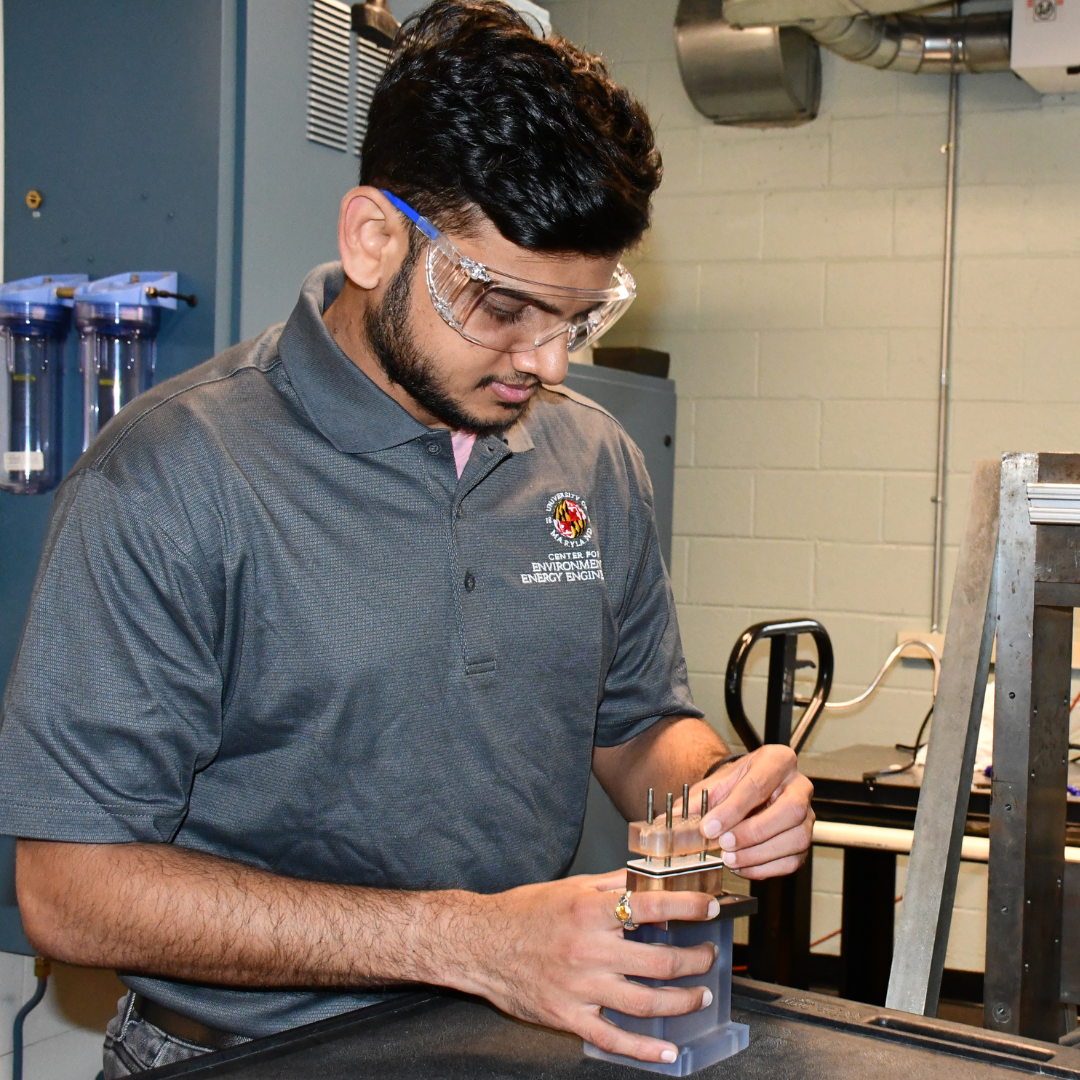News Story
Joint UMD/NAVAIR Workshop Addressed Future of Turbulence Simulations for Aerospace Applications
The University of Maryland (UMD) and the Naval Air Systems Command (NAVAIR) recently held a joint workshop on the "status and future directions of wall-modeled large eddy simulation for aeronautical applications.” 65 representatives from nine universities, multiple government agencies and civilian and defense aerospace companies attended the event.
The workshop focused on how to utilize high-fidelity turbulence simulation techniques to solve important problems in the aerospace field, including the design of future aircraft concepts and more efficient and green propulsion methods.
In addition, the workshop addressed how aircraft and jet engines are increasingly being designed with the use of supercomputers that solve equations for (or “simulate”) the turbulent flow field around the aircraft or through the jet engine. The use of these simulations has drastically reduced the number of full-scale tests required during the design process, which are often expensive and time intensive. To make further progress, there is now broad agreement on the need for higher-fidelity, or more accurate and realistic, simulation approaches for turbulent flows.
The workshop also explored ways to transition such simulation techniques from the academia to industry, and identified critical needs that must be met in order to fully accomplish these goals.
The event was held at the UMD Adele H. Stamp Student Union on December 6-7, 2016, and was co-organized by Department of Mechanical Engineering Assistant Professor Johan Larsson and John Spyropoulos from the Naval Air Systems Command.
Published December 15, 2016









